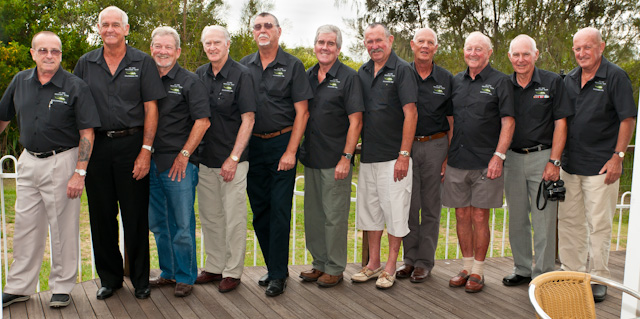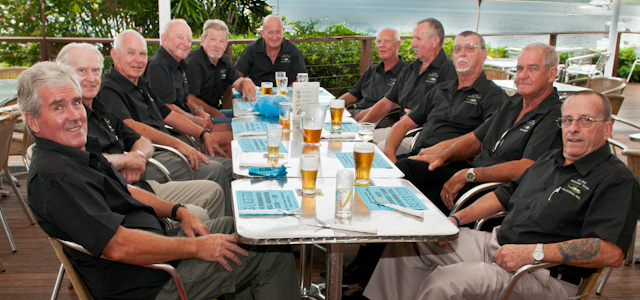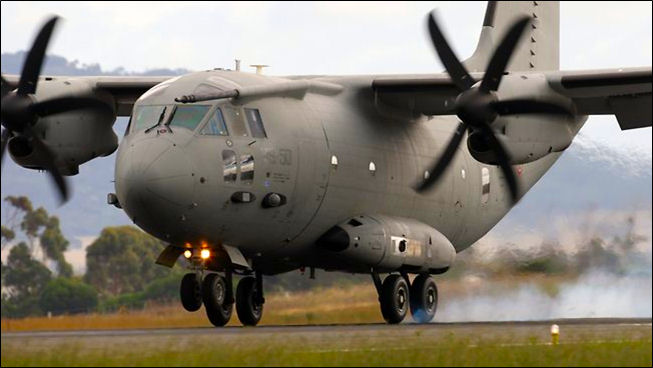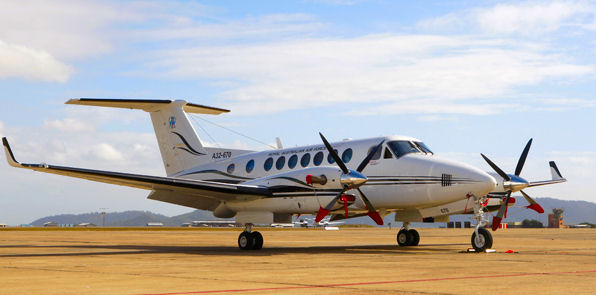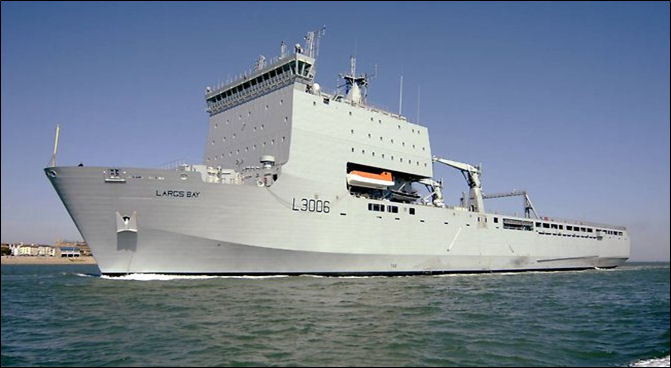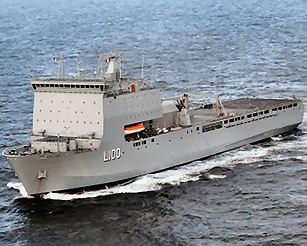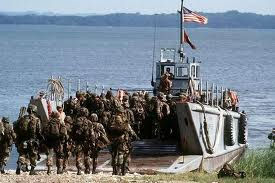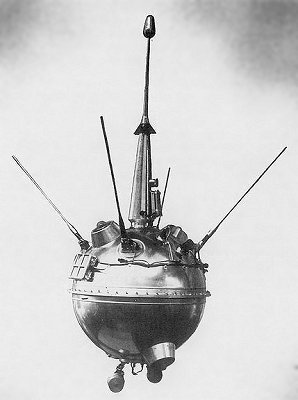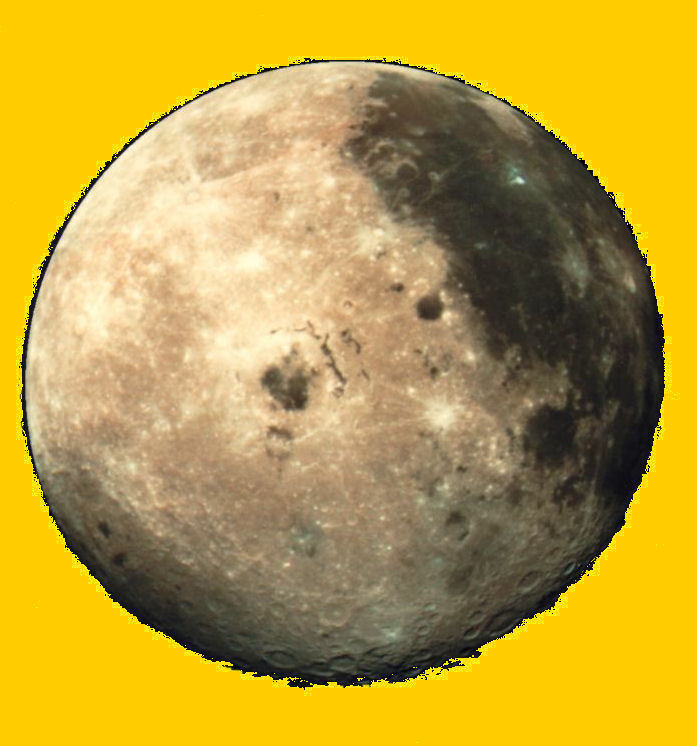|
Radschool Association Magazine - Vol 38 Page 13 |
|
|
Privacy Policy | Editorial Policy | Profit Policy | Join the Association | List of Members | Contact us | Index | Links |
|
|
|
|
|
Iroquois A2-1022
A2-1022 has now been restored and is ready to be dedicated at the Caloundra RSL on the 16th March (see Page 20).
These are the blokes who pursued the idea and made it work, unselfishly gave of their time, and without whom it would never have happened. Well done!!!
|
|
|
|
|
|
L-R: (Above) Darryl Turner (ex Army), Roy Robinson, Kerry Millard, Max Baxter, Peter Moore (Ex Army), Quentin McCutcheon, Bob McInnes, Ingo Meier, John Dunn, Bill Wiggett (Ex Army) Ian Newham (civvie)
|
|
|
|
|
|
The crew, enjoying a celebratory cold ale after the finish of the project.
|
|
|
Caribou Replacement.
|
|
|
|
|
|
|
|
|
Almost 20 years after the RAAF began searching for a replacement for the Caribou aircraft, the Federal Government is set to buy an Italian aircraft, the Alenia C-27J Spartan, from the US Government. There had been rumours around for years that the Spartan was the chosen aircraft to replace the Caribou and now the decision has been made.
(Click HERE to read a speech given by John McDougall at a Caribou propeller dedication at the Redlands RSL club at Cleveland)
A $1.5 billion contract to buy 10 so-called "battlefield airlifters" ($150,000,000 each??) will be signed in the first half of 2012 and it is expected that the aircraft will be delivered to the RAAF sometime in 2014. Airbus Defence are still keen to sell their C295 to the RAAF but Canberra is in no mood to risk further delays to a project that started back in 1996.
The Caribou fleet, which served in all areas, doing all sorts of things, was retired and went out with a bash after 45 years’ service – a farewell party was held in Townsville in November 2009. The old girl was loved by all who flew it, flew in it or worked on it.
The RAAF has decided to buy the Alenia from the US instead of from the Italian manufacturer, even though the price from the Italians would be cheaper. The reason for this was the RAAF wanted the aircraft equipped with American electronics and communications systems so it can operate alongside US aircraft. When compared aircraft to aircraft, the Airbus C295 was the superior aircraft and was cheaper to buy and operate but it did not have the capability of interoperability.
The Alenia is made by Lockheed Martin Alenia, which is a JV between US Company, Lockheed Martin and Italy’s Alenia Aeronautica.
We saw the Alenia in operation at the Avalon Air Show in March 2011 and it put on an impressive performance.
This is a simple comparison:
|
|
|
ALENIA C-27J Spartan
Payload: 11,500 kg Cruising speed: 583 km/h Range with 10,000kg payload: 1,852 km Operated by 9 countries.
|
AIRBUS Military C295
Payload: 9,250 kg Cruising speed: 480 km/h Range with 9,250kg payload: 1,333 km Operated by 14 countries.
|
|
Rumour has it that 35Sqn's colours will once again be pulled from the big cupboard, given a thorough dusting, run up the pole and allowed to flutter in the breeze. We hear that 35 will get the new aircraft, and could head back to Richmond, leaving 38 in Townsville with their Echo Flt RPT aircraft. It just didn't seem right to replace the Caribou with the Beech, it's like replacing a Landy with a 911 - or as my old uncle Bill would say, it's like having a dessert of dark chocolate nougat gelato rolled in moist chocolate sponge cake after a main course of a pie and sauce.
|
|
|
|
|
|
An old married couple was at home watching TV. The husband had the remote and was switching back and forth between a fishing channel and the porn channel. The wife became more and more annoyed and finally said: "For god's sake! leave it on the porn channel. You already know how to fish!"
|
|
|
In the Navy.
The Navy’s new $100M ship, the reconditioned UK amphibious ship, the Largs Bay, has been labeled “HMAS Lemon Scented” by the Navy bods who work it. After it was bought from the UK, the Navy renamed the ship the “HMAS Choules”, after Claude Stanley Choules who was a World War I combat veteran and was the last military witness to the scuttling of the German fleet in Scapa Flow. Claude served in both world wars and at the time of his death, he was also the third oldest verified military veteran in the world and the oldest known living man in Australia.
He died in Perth, Western Australia, in May 2011 at the age of 110.
Unfortunately, the Navy didn’t get an RACQ check done before they picked up the ship, and when they got it home they found quite a few problems. It seems there is an overheating problem and the air-conditioning system is playing up and "could cause respiratory problems among passengers and crew - in particular it could cause legionnaire’s disease".
If the ship is brought to full speed, the mechanical bits get too hot and the ship must be slowed otherwise there is the chance of seizing some of the bits together and as there is no natural ventilation, the air down below can become less than ideal.
|
|
|
|
|
|
|
|
|
The UK Navy had the ship designed to operate in cooler climates and many of the faults identified in the report are deep-seated "design issues". The Gillard Government purchased the mothballed Royal Fleet Auxiliary ship from the British government, claiming it was a major coup, but the official chief engineer's report casts serious doubts over those claims.
The six major faults with the ship are:
· failure of the main engine room shut-down vents; · fragility of the chilled water plants; · suspect cargo lift systems; · fragility of the vacuum toilet system; · steering pump fragility; and · lack of chemical treatment in the chilled and boiler water systems.
It has been said that, before the ship was declared operational by the Navy, most of the defects would be fixed - at Australia's expense.
The UK commissioned the Ship in November 2006 but at the end of 2010 it was removed from service and put up for sale. The Australian Navy put in a AUD$100M bid for the ship which was accepted in April 2011 and handed over to the Navy in October 2011. It arrived in Western Australia in December 2011, and was commissioned as HMAS Choules on 13 December 2011.
It has a large flight deck towards the stern which can accommodate two large helicopters and a docking well in the stern capable of operating a LCM-8 or two LCVP landing craft. The military lift includes the capacity to load and transport up to 32 Abrams tanks, or 150 light trucks. They can carry a normal load of 356 troops, or overloaded with 700. They are designed to operate over the horizon using helicopters and landing craft, to get men and equipment ashore.
The 16,000-tonne vessel can carry as much cargo as the HMAS Tobruk and the now retired ships Manoora and Kanimbla combined.
In the mid-1990s the Howard government issued a blunt warning about buying second-hand navy ships overseas after the amphibious ships HMAS Manoora and Kanimbla were found to be riddled with rust soon after they were purchased from the US Navy. Seems no one listened.
Click HERE to see video of the Navy's new ship.
|
|
|
The Moon.
The moon is the only natural satellite of our little planet, it is about 385,000 klms from earth, (centre to centre), is 3,476 klms in diameter (the earth’s diameter is 12,755 klms) and it takes 27.3 days to complete one revolution – but because the angles between the sun, moon and earth are continuously changing, the interval between ‘full moons’ is 29.5 days.
It is the second brightest object in the sky, after the sun.
The Moon was first visited by the unmanned Soviet spacecraft Luna 2 which crashed onto the moon surface on the 13th September 13, 1959. The first time man visited the moon was on the 20th July, 1969 – a date that anyone who was alive back then will remember and will remember exactly where they were and what they were doing on that day. There were 6 manned landings on the moon, with the last in December 1972.
In 1994, the Moon was very extensively mapped by the little spacecraft Clementine and again in 1999 by the Lunar Prospector.
The gravitational forces between the Earth and the Moon cause some interesting effects. The most obvious is the tides. The Moon's gravitational attraction is stronger on the side of the Earth nearest to the Moon and weaker on the opposite side. Since the Earth, and particularly the oceans, is not perfectly rigid it is stretched out along the line toward the Moon. From our perspective on the Earth's surface we see two small bulges, one in the direction of the Moon and one directly opposite. The effect is much stronger in the ocean water than in the solid crust so the water bulges are higher. And because the Earth rotates much faster than the Moon moves in its orbit, the bulges move around the Earth about once a day giving two high tides per day. (This is a greatly simplified model; actual tides, especially near the coasts, are much more complicated.)
But the Earth's rotation carries the Earth's bulges slightly ahead of the point directly beneath the Moon. This means that the force between the Earth and the Moon is not exactly along the line between their centres. This produces a torque on the Earth and an accelerating force on the Moon resulting in a net transfer of rotational energy from the Earth to the Moon. This slows the Earth's rotation by about 1.5 milliseconds/century and speeds the Moon into a higher orbit (ie; away from the earth) by about 3.8 centimetres per year. This means, if you are alive in a hundred million years or so, the moon will only be a small dot in the sky.
The Moon has no atmosphere, but evidence from Clementine suggested that there may be water ice in some deep craters near the Moon's south pole which are permanently shaded. This has now been reinforced by data from Lunar Prospector. There is apparently ice at the north pole as well.
A total of 382 kg of rock samples were returned to the Earth by the Apollo and Luna programs. These provide most of our detailed knowledge of the Moon and are particularly valuable in that they can be dated. Even today, more than 30 years after the last Moon landing, scientists still study these precious samples which are about 4 billion years old, much older than any rock on earth. Because of their age, they can provide evidence about the early history of the Solar System which is not available from studying the much younger rocks on the Earth.
Prior
to the study of these samples, there was no consensus about the origin
of the Moon
Detailed information obtained from studying the Moon rocks leads to the impact theory: that the Earth collided with a very large object (as big as Mars or more) and that the Moon formed from the ejected material. There are still details to be worked out, but the impact theory is now widely accepted.
The Moon has no global magnetic field. But some of its surface rocks exhibit remanent magnetism indicating that there may have been a global magnetic field early in the Moon's history. With no atmosphere and no magnetic field, the Moon's surface is exposed directly to the solar wind. Over its 4 billion year lifetime many ions from the solar wind have become embedded in the Moon's regolith. Thus samples of regolith returned by the Apollo missions proved valuable in studies of the solar wind.
Scientists have grappled with calculating the distance between the earth and the moon since ancient mathematicians set their minds to solving the problem. Aristarchus of Samos (310-230 BC) used lunar eclipses to attempt to calculate the distance of the moon from the earth. Using Eratosthenes’ calculations determining the size of the earth, Aristarchus used lunar and solar measurements along with a bit of geometry to arrive at the conclusion that the moon was 240,000 miles from the earth. That’s a shockingly accurate calculation for its time given that we now know the the moon averages 238,897 miles from earth.
While using mathematical proofs to come up with a pretty good but not dead accurate measurement is impressive we can now calculate the distance to the moon with laser precision. Starting with the Apollo 11 mission, and continuing with the Apollo 14 and Apollo 15 missions, NASA placed reflectors on the moon as part of the Lunar Laser Ranging experiment. Back on earth scientists are able to fire powerful lasers from observatories and measure the reflected photons returned by the reflectors on the moon.
In ancient Greece they could calculate the distance to the moon with a margin of error around a few thousand miles. Today, armed with lasers and constantly experimenting with pulse rates and new calculations, scientists are creeping towards measuring the distance to the moon within millimetres.
|
|
|
A politician can appear to have his nose to the grindstone while straddling a fence and keeping both ears to the ground.
|
|
|
Back Go to page: 1 2 3 4 5 6 7 8 9 10 11 12 13 14 15 16 17 18 19 20 Forward
|
|
